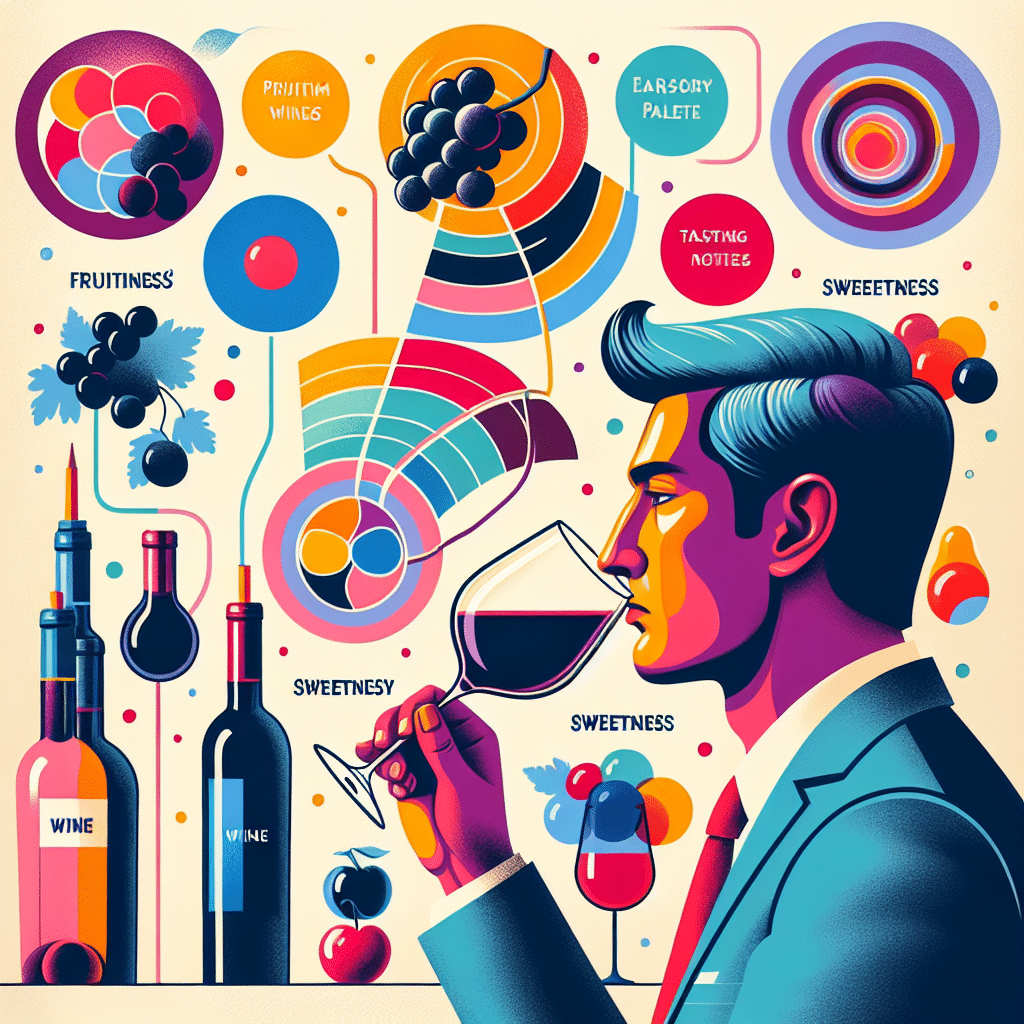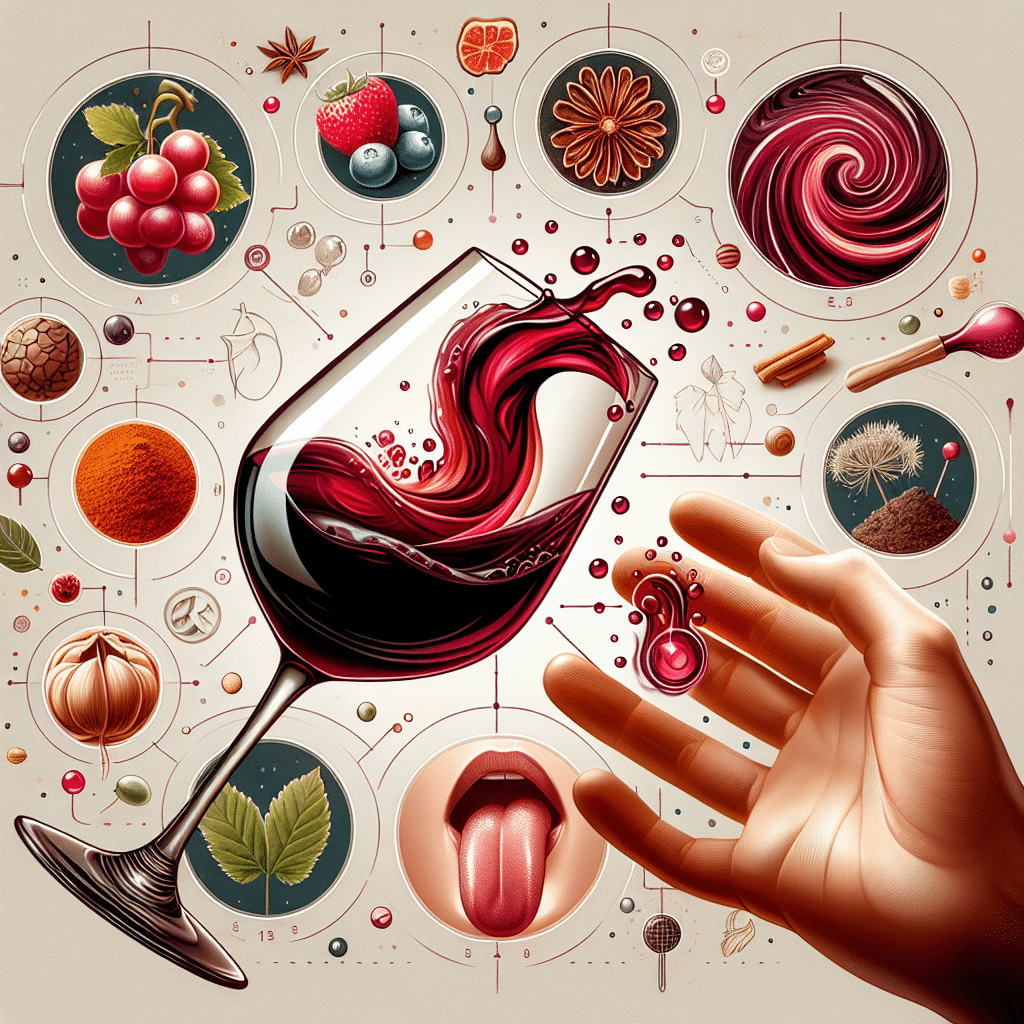What is the palate in wine? The palate refers to the overall flavor sensation and mouthfeel of wine experienced during tasting. It encompasses the combination of taste, texture, and aroma perceived in the mouth, allowing you to appreciate the complexities of a wine. Factors influencing the palate include sweetness, acidity, tannins, body, and flavor profile—ranging from fruity and floral to spicy and earthy notes. Understanding the palate is essential for evaluating wine quality and for a more immersive tasting experience, as it reveals the wine’s character and balance.
Understanding the Palate: A Sipping Journey
When you take a sip of wine, you enter an intricate world of flavors, sensations, and aromas that define your experience. The palate is a crucial component in this journey, shaping how you perceive and enjoy every glass. As you delve into the nuances of the palate, you will discover its pivotal role in wine appreciation and how it influences your choice in wines.
Components of the Palate
The complexity of the palate can be broken down into several key components:
- Taste: Your palate detects five primary taste sensations—sweet, sour, salty, bitter, and umami. In wine, sweetness often comes from residual sugar, while acidity balances it out, contributing to freshness.
- Texture: The mouthfeel of wine can vary widely, from silky to gritty, affecting overall enjoyment. This sensation is largely influenced by tannins, which provide structure, particularly in red wines.
- Balance: A well-balanced wine harmonizes all elements—acidity, sweetness, tannins, and alcohol—creating a seamless experience. A wine with poor balance can feel disjointed, making it less enjoyable.
- Flavor Profile: This includes both primary flavors (fruity, floral) and secondary flavors (spicy, earthy), shaped by the grape variety, soil, and winemaking processes.
The Role of the Palate in Wine Evaluation
When evaluating a wine, the palate provides an immediate insight into its quality. Wine professionals often assess the palate by considering several factors:
- Length: This refers to how long the flavors linger post-sip. A longer finish often indicates higher quality.
- Intensity: The strength of flavors on the palate can vary, and intensity can be subjective; what is intense to one person may not be to another.
- Complexity: Quality wines exhibit multiple layers of flavor that evolve through tasting, showcasing the grape’s characteristics as well as the influence of terroir and vinification methods.
The Science Behind Palate Perception
The appreciation of wine’s palate is not just a personal preference but also rooted in science. The taste buds located on your tongue detect basic tastes, while aroma plays a major role in the perception of flavor, as about 80% of what you taste is actually based on smell. Furthermore, individual experiences, cultural background, and even genetic predisposition can influence taste preferences and the way you perceive a wine’s palate.
The Influence of Wine Characteristics on the Palate
Different wine styles and varieties can create dramatically different palates. Here are how specific characteristics influence the overall tasting experience:
1. Sweetness
Sweet wines typically have higher residual sugars and can enhance body and richness on the palate. Conversely, dry wines tend to have less sugar and can feel crisper and lighter.
2. Acidity
Acidity is vital for balancing sweetness and enhancing freshness. Wines with bright acidity often feel vibrant on the palate, while those with lower acidity may taste flat.
3. Tannins
Tannins create a drying sensation that can affect the overall texture of red wines. High tannin levels can create a bold mouthfeel, while smoother tannins provide a more velvet-like experience.
4. Alcohol Content
Alcohol can influence the body and richness of the wine. Wines with higher alcohol content may feel fuller and more robust, while lighter wines can seem more refreshing.
How to Train Your Palate
Improving your palate involves practice and mindfulness. Consider these tips to refine your tasting abilities:
- Tasting Regularly: The more wines you taste, the more familiar you’ll become with different palates.
- Journaling: Document your thoughts and observations on each wine to better understand your preferences.
- Comparative Tasting: Taste similar wines side-by-side to identify nuances in palate differences.
Common FAQs About Wine Palate
What does “palate” mean in wine tasting?
In wine tasting, the palate refers to the overall sensation and flavor experience a wine delivers when sipped, including the taste, texture, and finish.
How do I describe a wine’s palate?
When describing a wine’s palate, consider its taste (sweet, acidic, bitter), mouthfeel (silky, grainy), balance, complexity, and the persistence of flavors after swallowing.
Why is the palate important in wine tasting?
The palate is essential in wine tasting as it reveals the characteristics and quality of the wine, helping drinkers appreciate its nuances and make informed selections.
Can the palate change over time?
Yes, a person’s palate can evolve due to experience, exposure to different wine styles, changes in personal preferences, and even physiological factors like age and health.
The Future of Wine Palate Perception
As the wine industry evolves, so too do our perceptions of the palate. Emerging trends in sustainable viticulture, natural wines, and innovative winemaking processes continue to influence how flavors are presented and perceived. Furthermore, an increased focus on experiential drinking—involving food pairings and sensory dining—enhances the exploration of wine’s palate and invites a broader audience to appreciate its sophistication.
Conclusion
Understanding the palate in wine not only enhances your tasting experiences but also deepens your appreciation for the artistry behind winemaking. With every sip, you enter a complex interplay of flavors and sensations unique to each bottle. By engaging with the components of the palate – from sweetness to acidity to tannins – you empower yourself to cultivate a more discerning taste that enriches your enjoyment of wine, ensuring a lifelong journey of discovery and pleasure.



